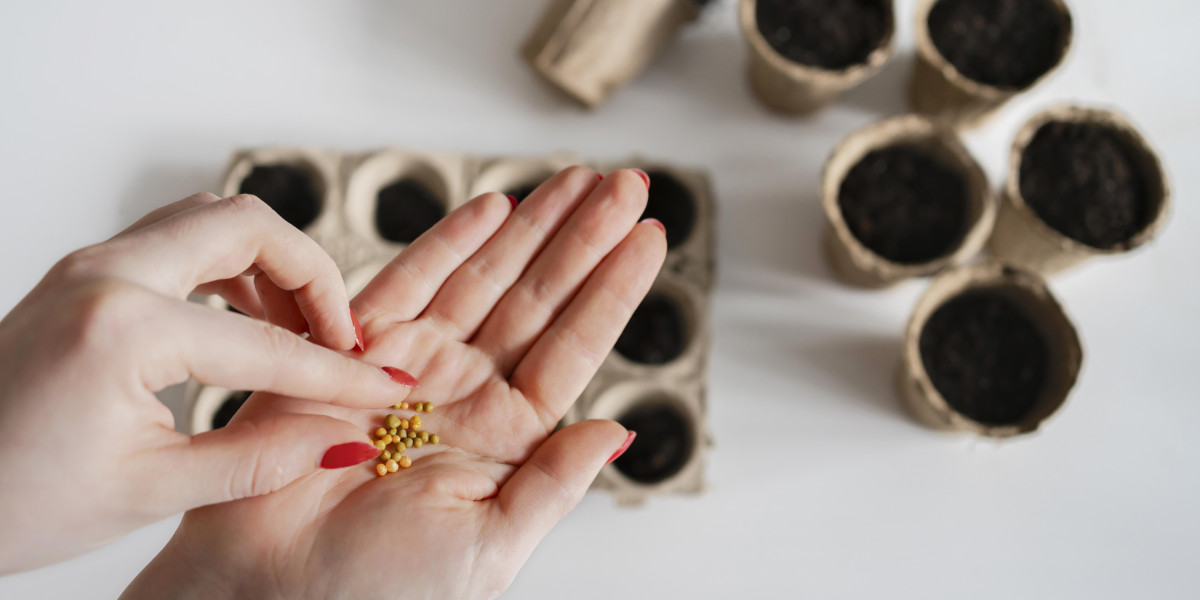Seeds are the foundation of agriculture, carrying within them the genetic diversity and potential for future harvests. Seed preservation is the practice of saving, storing, and sharing seeds to ensure the continuation of diverse crop varieties. In this article, we will explore the importance of seed preservation in shaping our future, the challenges it faces, and some case studies and examples of successful seed preservation initiatives.
The Importance of Seed Preservation
Seed preservation is crucial for maintaining genetic diversity in crops, which is essential for adapting to changing environmental conditions and ensuring food security. Traditional crop varieties, known as heirloom or heritage seeds, often possess unique traits such as drought tolerance or pest resistance, making them valuable resources for developing new crop varieties.
Furthermore, seed preservation plays a crucial role in preserving cultural heritage. Many traditional crop varieties are deeply intertwined with local cultures and traditions, representing centuries of farming knowledge passed down through generations. By preserving these seeds, we maintain a living connection to our agricultural past and the wisdom of our ancestors.
Challenges in Seed Preservation
Despite its importance, seed preservation faces several challenges. One of the main challenges is the loss of traditional seed-saving knowledge and practices. As agriculture has become more industrialized, many farmers have abandoned traditional seed-saving techniques in favor of commercially available hybrid seeds. This has led to the loss of countless traditional crop varieties and the genetic diversity they represent.
Climate change also poses a significant threat to seed preservation efforts. Rising temperatures, changing precipitation patterns, and extreme weather events can all impact the viability and availability of seeds. Additionally, the consolidation of the seed industry has led to the dominance of a few commercial seed companies, further eroding genetic diversity and farmers' control over their seeds.
Strategies for Seed Preservation
To address these challenges, a variety of strategies are being employed to preserve our agricultural heritage through seed preservation. One approach is the establishment of seed banks, which are facilities that collect, store, and distribute seeds to ensure their long-term preservation. Seed banks can range from small, community-based initiatives to large, international facilities, each with its own focus and mission.
Another strategy is the promotion of on-farm seed saving and exchange. By encouraging farmers to save and share seeds from their own crops, we can help maintain genetic diversity and promote local adaptation. This approach also helps preserve traditional seed-saving knowledge and practices, ensuring that they are passed down to future generations.
Case Studies and Examples
1. The Seed Savers Exchange, United States
The Seed Savers Exchange is a nonprofit organization dedicated to preserving heirloom seeds in the United States. Since its founding in 1975, the organization has collected and preserved over 20,000 varieties of seeds, many of which are not available commercially. The Seed Savers Exchange also maintains a seed bank, where members can access seeds for their own use or for research purposes.
2. The Navdanya Seed Bank, India
Navdanya is a network of seed keepers and organic producers in India that has been working to preserve indigenous seeds and promote organic farming practices. The organization has established community seed banks across India, where farmers can deposit and exchange traditional seeds. Navdanya also conducts research on traditional seeds and promotes their use through training programs and advocacy efforts.
3. The Millennium Seed Bank, United Kingdom
The Millennium Seed Bank, operated by the Royal Botanic Gardens, Kew, is one of the largest seed banks in the world. It focuses on conserving seeds from wild plant species, particularly those that are threatened or endangered. The bank's collection currently contains over 2 billion seeds, representing around 40,000 species.
Conclusion
In conclusion, seed preservation is a critical practice for ensuring the future of agriculture and preserving our agricultural heritage. By safeguarding the genetic diversity of our crops through seed preservation, we can adapt to changing environmental conditions and ensure food security for future generations. Through continued efforts to preserve and protect our seeds, we can cultivate a brighter future for agriculture and the planet.








